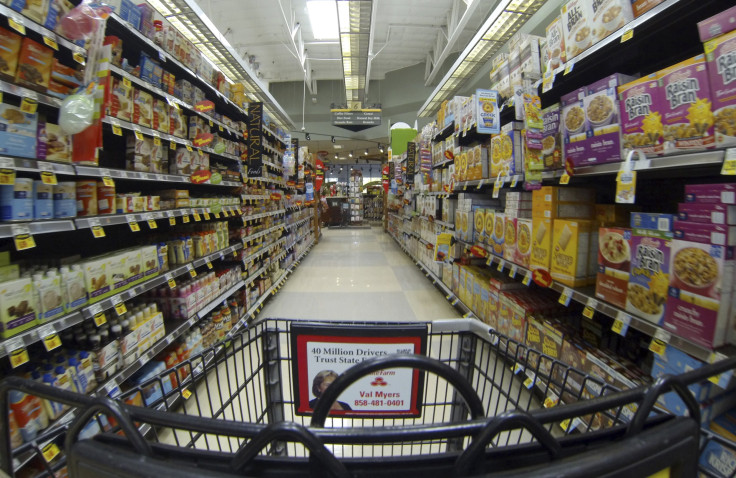Weak US Inflation Data Means The Fed Can Keep Interest Rates Low

Weak levels of inflation are giving the Federal Reserve more time to keep interest rates low. U.S. consumer prices rose only slightly in September as energy prices fell, the Labor Department reported Wednesday.
The government’s Consumer Price Index edged up to 0.1 percent in September from the previous month after falling 0.2 percent in August and rising 0.1 percent in July. Economists polled by Reuters had expected consumer prices to stay flat in September. Energy prices fell 0.6 percent in September, while food prices rose 3 percent.
“Inflation is low with no indication of an acceleration,” said Gus Faucher, a senior economist at PNC Financial Services Group, in an email. He expects inflation to end the year at about 1.9 percent.
In the past 12 months through September, the index has increased 1.7 percent, under the Fed’s 2 percent target. Inflation has petered out in recent months after speeding up in the second quarter. The three-month average rose less than 2 percent for the third year in a row.
“Food remains the major thorn in the consumer’s side, with meat, and especially beef, the worst hit of late,” Michael Montgomery, U.S. economist for IHS Global Insight, said in an email. Meat prices are up 13 percent from a year ago, with beef soaring nearly 18 percent.
Paul Dales, a senior U.S. economist for Capital Economics, expects an 8 percent drop in gasoline prices over the next two months to drag down inflation to 1.2 percent by December.
“There’s no denying that the inflation outlook has softened,” he said in a research note Wednesday.
“Nonetheless, we still think that core inflation is more likely to rise than fall,” he added. “But whereas we previously thought it would hit 2 percent early next year, now that may not happen until next summer.”
The weaker inflation gives Fed officials reason to wait longer before raising interest rates. Analysts expect the Fed to raise interest rates as early as June or as late as early 2016. Higher interest rates would discourage borrowing and dampen price increases.
© Copyright IBTimes 2024. All rights reserved.












